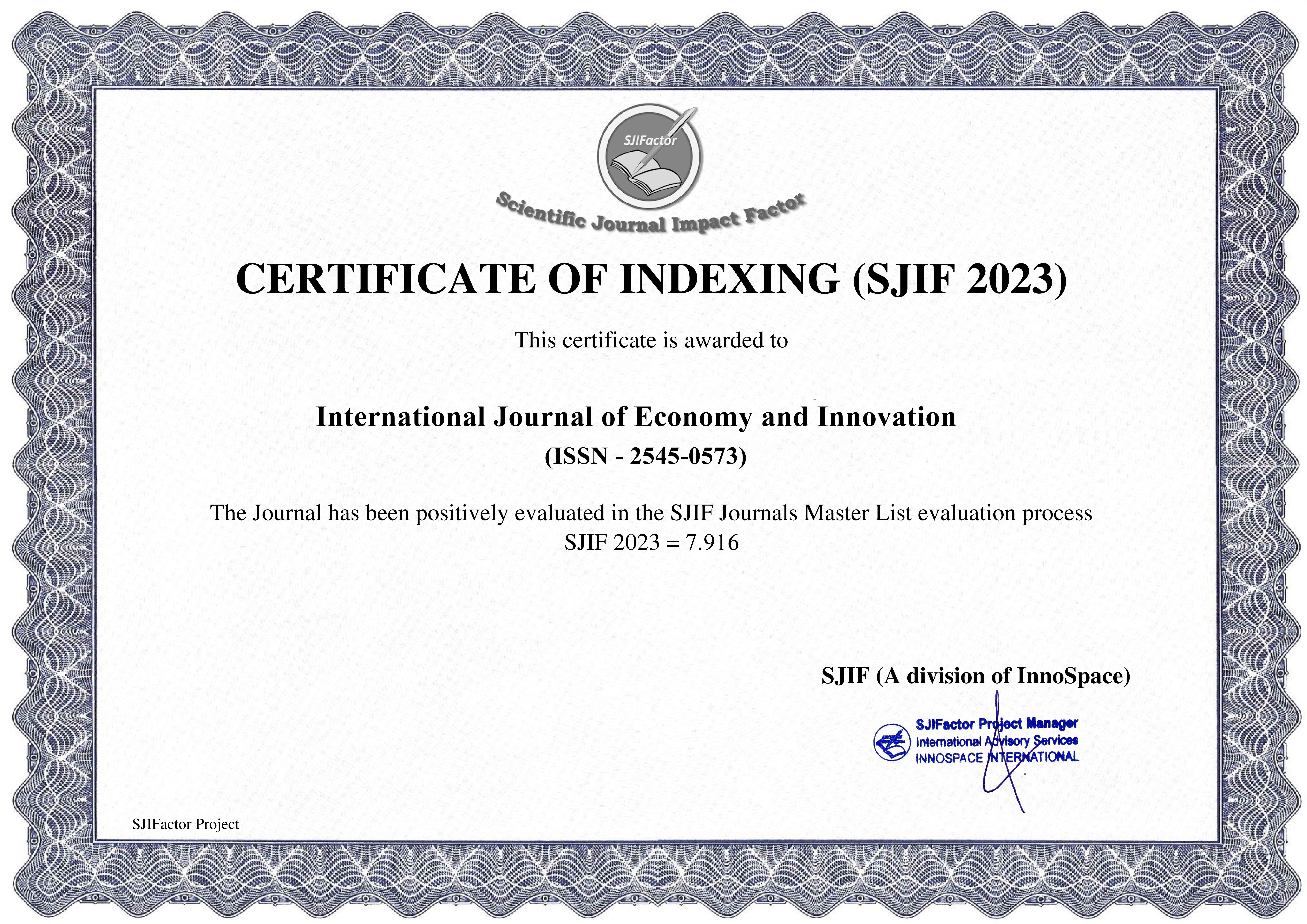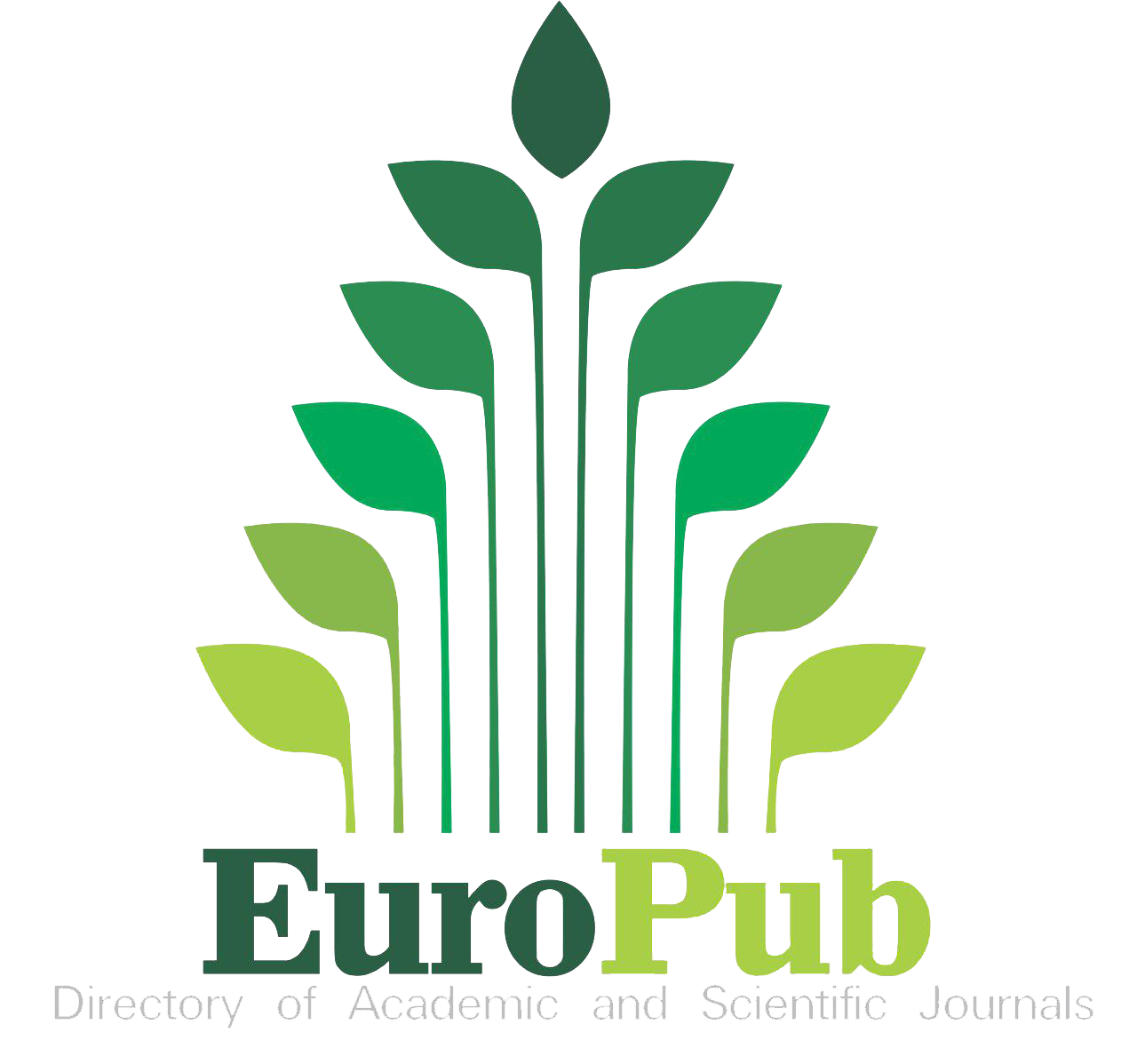NEOLOGISM: ITS PARADIGMATIC AND SYNTAGMATIC PROPERTIES
Keywords:
Neologism, language evolution, cultural changes, social changes, form analysis, paradigmatic analysisAbstract
This article explores neologisms and their paradigmatic and syntagmatic properties. The principles of collecting neologisms are discussed, including identifying new words, assessing their frequency of use, determining their meaning, and analyzing their form. The article also delves into the paradigmatic analysis of new lexical units, examining the relationships between newly coined words and existing words in a language. Neologisms are explored as a result of transposition, with different types of transposition, such as conversion, derivation, and compounding, examined. The article concludes by highlighting the practical applications of studying neologisms for language education and the development of language technologies such as machine translation and natural language processing.

















